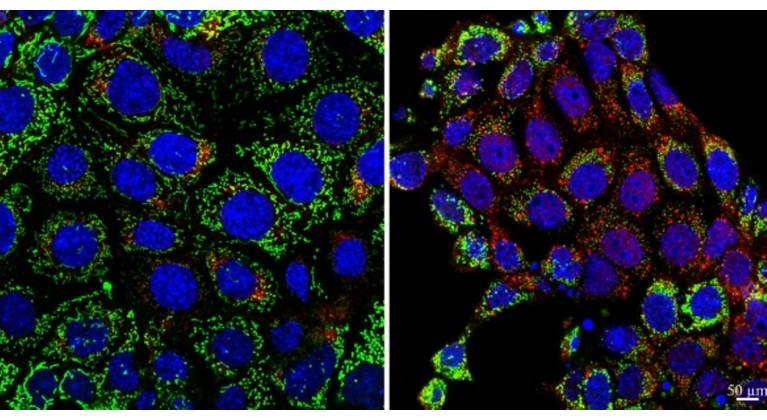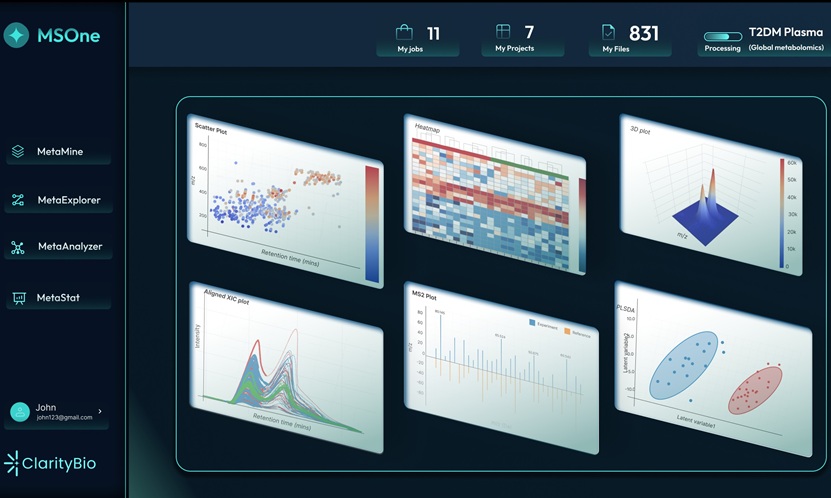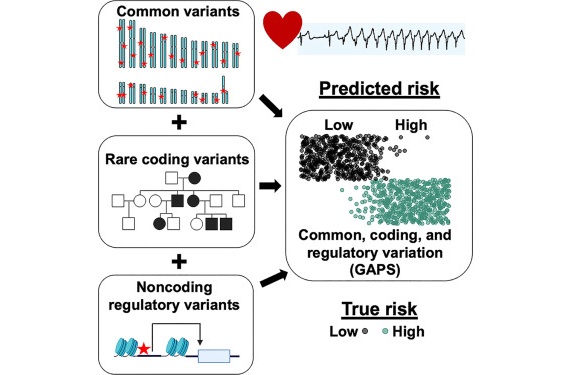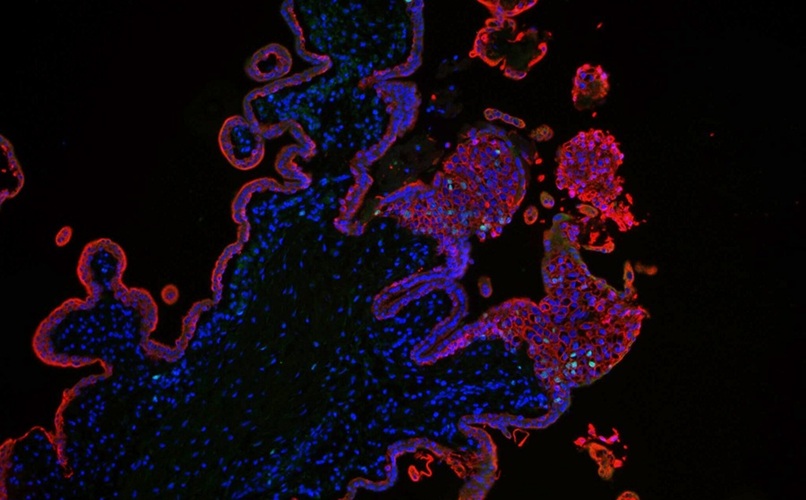Mitochondrial DNA Mutations from Kidney Stressors Could Predict Future Organ Decline
Posted on 31 Oct 2025
Kidney-related diseases are alarmingly common: chronic kidney disease (CKD) affects more than one in seven U.S. adults, while about 20% of hospitalized adults are diagnosed with acute kidney injury (AKI). According to researchers, this vulnerability stems from the kidneys’ demanding role—continuously filtering blood and maintaining its chemical balance while being exposed to high levels of electrolytes, toxins, and medications such as cancer therapies. Because kidney cells are long-lived with limited regenerative capacity, scientists have long suspected that wear and tear gradually erodes their function. What has remained unclear is how this damage accumulates. Researchers have now discovered that stress-induced mitochondrial DNA mutations persist in kidney cells even after apparent recovery, reducing resilience and offering new insights into chronic kidney disease and aging.
A new study from the UT Southwestern Medical Center (Dallas, TX, USA) has found that stress-induced kidney injury—even when it appears to heal—leaves behind permanent genetic mutations in the mitochondria, the cell’s energy-producing structures. The findings, published in Science, reveal how microscopic mitochondrial DNA damage may drive both kidney disease progression and broader aging-related decline.

In experiments using animal models, researchers exposed kidney cells to common stressors such as restricted blood flow and toxic chemicals. They discovered that these events caused bursts of mitochondrial DNA mutations that persisted long after visible healing. Similar genetic damage was seen in kidney cells exposed to oxidative stress and in biopsies from CKD patients, confirming that these mutations represent a universal signature of physiological stress.
To further test causation, the team used genetic engineering to introduce comparable mitochondrial mutations into healthy kidney cells. These modified cells produced significantly less ATP—the molecule that powers cellular functions—and were more vulnerable to future stress, showing faster declines in performance over time. This directly linked mitochondrial DNA mutations to reduced kidney resilience.
The study also analyzed mitochondrial DNA from CKD patients in the UK Biobank, a database with genetic and health data from over half a million participants. Individuals with more extensive mitochondrial mutations had worse kidney function, and even those with relatively healthy kidneys showed that mutation burden predicted future decline and increased risk of AKI. The results suggest that mitochondrial mutations could serve as a biomarker for cumulative stress and a predictor of kidney deterioration.
In addition to kidney disease, the findings may explain aspects of aging in other long-lived, high-energy tissues such as the brain, heart, and muscles. Like kidney cells, these tissues depend on mitochondria to sustain intensive workloads but have limited regenerative capacity, making them vulnerable to lifetime mitochondrial damage.
“We may have stumbled upon a new way to count the wear and tear that cumulatively degrades the health of long-lived cells,” said Dr. Samir Parikh, senior author of the study. “If future research shows similar mitochondrial DNA damage in other tissues, strategies to restore or replace damaged mitochondria could one day extend both lifespan and health span.”
Related Links:
UT Southwestern Medical Center






 assay.jpg)








